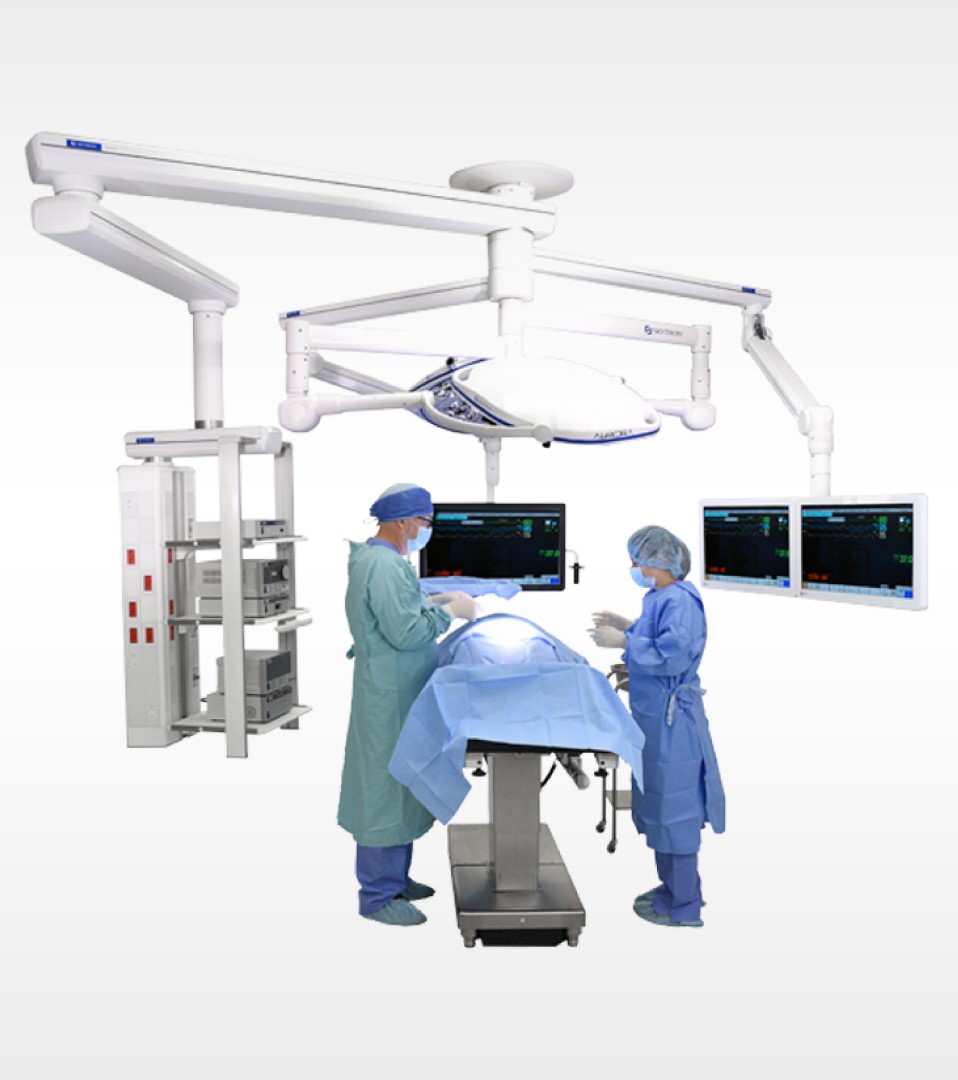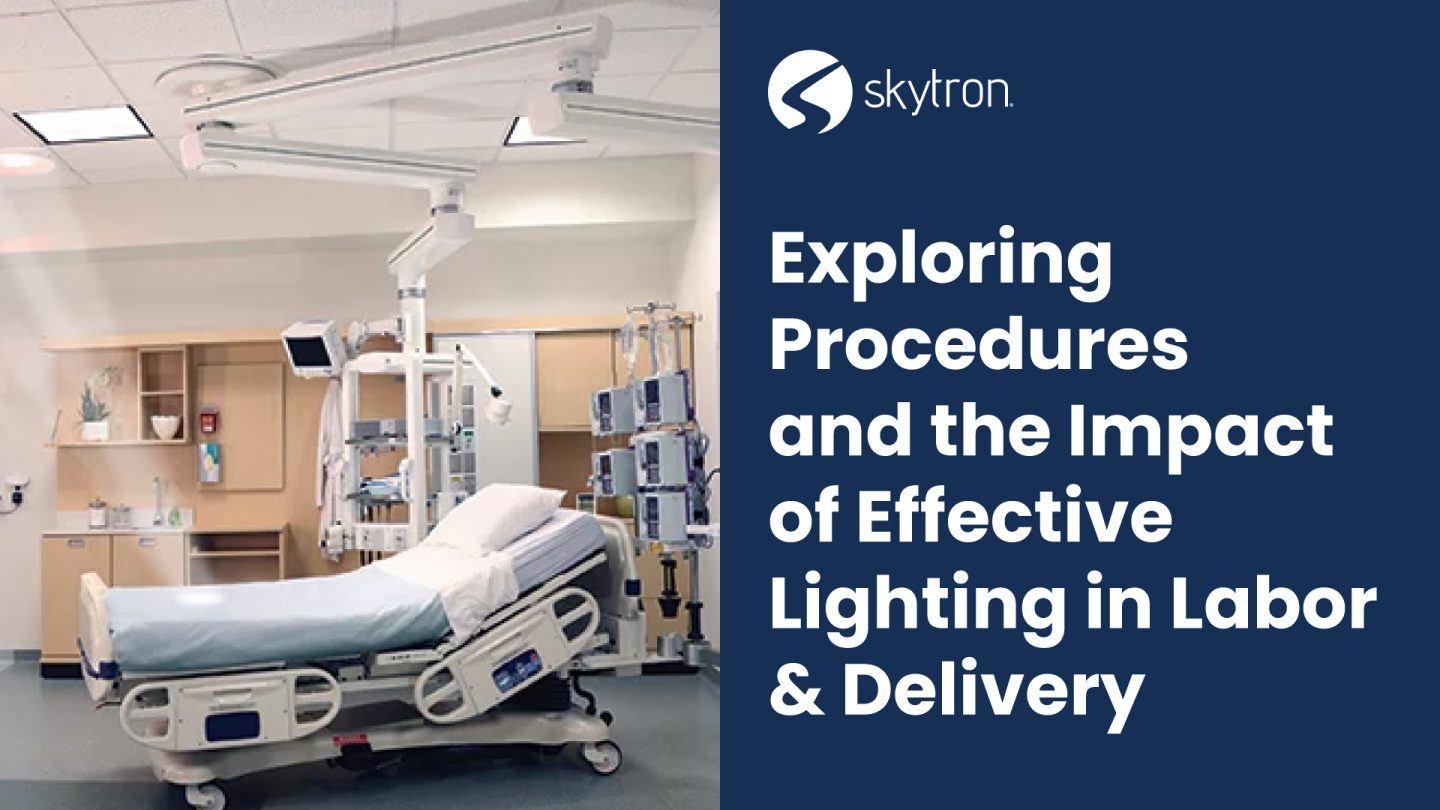
-
Written ByRebecca Kinney
-
PublishedApril 11, 2024
AAMI Standards opening up ST79 for updates and changes, is a big development for those of us dedicated to advancing the standards of sterile processing which indicates a proactive approach to refining and enhancing the daily procedures that protect patients.
As the complexity of surgical devices continues to advance, so does the need for ultrasonic equipment to meet the proper reprocessing demands. While the Association for the Advancement of Medical Instrumentation (AAMI) hasn’t introduced anything new in their guidelines recently, the decision in last week’s AAMI Standards meeting (to open up ST79 for updates and changes) is a big development for those of us dedicated to advancing the standards of sterile processing. This move indicates a proactive approach to refining and enhancing the daily procedures that protect patients.
With more ASC’s performing orthopedic surgeries, when they started off with ENT’s, the equipment that they need will be different. With the addition of these orthopedic procedures, they may need to add specific equipment like a sonic, something they may not have or may believe they do not need. This misconception could not be further from the truth, especially considering the complexity of surgical instruments and their specific cleaning needs. It is important that the staff have access and understand the IFU’s of these new surgical instruments.
Understanding Ultrasonic Cleaning and Its Importance
Ultrasonic cleaning is a process that uses sound waves transmitted through a liquid medium to create microscopic bubbles. These bubbles implode with tremendous energy, effectively removing contaminants from surfaces, even in surgical instruments’ most challenging crevices and joints. The frequency of the sound waves, measured in kilohertz (kHz), directly influences the size of the bubbles formed. Higher frequencies create smaller bubbles, which produce less energy upon implosion which is better at cleaning delicate computer components. Frequencies between 36kHz to 42kHz are more suitable for surgical instruments. This specificity is crucial regarding the cleaning protocols of certain medical devices.
For instance, Intuitive Surgical’s da Vinci surgical system’s Instruments and Accessories Instructions for Use (IFU) specify the need for ultrasonic cleaning to maintain the integrity and functionality of its sophisticated components. Ignoring these specifications compromises the equipment’s performance and patient safety.
The Misconception about Not Needing an Ultrasonic Cleaner
The assumption that a sonic cleaner is optional to SPD upgrades, especially when incorporating orthopedic procedures, is a dangerous oversight. Orthopedic surgeries often involve instruments with complex designs and hard-to-reach areas susceptible to contamination. Adhering to the manufacturer’s IFU is not just a guideline but a mandate to ensure the safety and efficacy of the surgical instruments. Ultrasonic cleaning is frequently highlighted as a critical step in these instructions, emphasizing its non-negotiable importance in sterilization.
Innovation in Sterile Processing: Flex Ultrasonic Washer Disinfector
Addressing the need for versatile and effective cleaning solutions, innovative products like our Skytron Flex Ultrasonic Washer Disinfector exist to meet the demand. Our system exemplifies the dual functionality that modern SPDs should look for in equipment: it serves as an ultrasonic cleaner and a backup washer disinfector. Such multifunctionality ensures that facilities can maintain high instrument cleanliness and sterilization standards, even in high-demand scenarios or when primary equipment is unavailable.
The Path Forward
As we anticipate the updates and changes to AAMI’s ST79, we must remember the foundational principles of sterile processing. Innovations and guidelines aim to enhance patient safety through meticulous cleaning and sterilization practices. Including ultrasonic cleaning systems in SPDs, regardless of the procedures performed, is not just a recommendation but a necessity. Instruments’ IFUs provide a roadmap to achieving the highest standards of cleanliness, and adhering to them is paramount.
The debate over the necessity of ultrasonic cleaning in sterile processing should not be a debate at all. As the field of medicine continues to advance, with procedures becoming more complex and instruments more sophisticated, the methods we employ to clean and sterilize these devices must evolve. The emphasis on following IFUs, the importance of ultrasonic cleaning, and the innovation represented by products like the Flex Ultrasonic Washer Disinfector all testify to our industry’s commitment to patient safety and the relentless pursuit of excellence in healthcare.
Learn more about our Flex Ultrasonic Washer Disinfector! If you attend this year’s HSPA conference in Las Vegas on April 22-23, stop by booth #928 to chat with our ultrasonic subject matter expert and HSPA Foundation Board Director Tina Cole. We hope to see you there soon!





